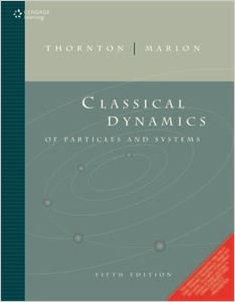|
Welcome to the APPH E3200x class information site.
Classical mechanics intended for junior level applied physics students. Emphasis is placed on teaching fundamentals through applications, both historical and contemporary. The applications will also serve to illustrate the connections between the mathematical methods of classical mechanics and other areas of science. Finally, experimental examples will be given which indicate the limitations of classical dynamics and motivate modern physics.
This year's course will also introduce students to computational physics through the solution of a variety of interesting problems in classical mechanics. AP E3200x does not require prior programming experience. By the end of the semester, students will be comfortable in the construction and solution of ordinary differential equations (ODEs) to describe mechanics. Modern desktop scientific computing allows students to visualize complex solutions and to confirm algebraic solutions.
Mechanics is both a fundamental branch of physics and an essential skill for design, manipulation, and control of modern technology. Mechanics underlies all engineered systems, and the techniques developed in mechanics can be applied to analogous electrical systems.
The usual pre-requists for AP E3200x are:
- PHYS W1401x Introduction to mechanics and thermodynamics
- PHYS W1402y Introduction to electricity, magnetism, and optics
- MATH V1201x or y Calculus, III
Also very useful is MATH V2030x or y Ordinary differential equations or APMA E2101y Introduction to Applied Mathematics.
Key topics covered include:
- Linear and nonlinear oscillations, the pendulum, and deterministic chaos
- Gravitation and Kepler's laws of planetary motion
- Coupled oscillators and "waves"
- Hamilton's Principle and Lagrangian and Hamiltonian Dynamics
- Motion in a rotating (noninertial) frame
- Dynamics of Rigid Bodies (and angular momentum and the inertial tenor)
The goal of this course is to provide a solid understanding of both the mathematical formalism of applied mechanics and to introduce students to applications of mechanics to modern engineered systems.
|
